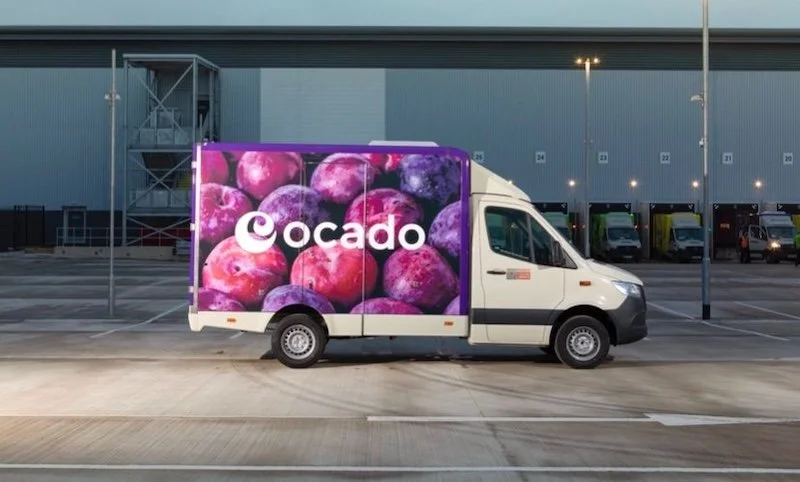Former Amazon and Walmart execs discuss Amazon Go Grocery
From acquiring Whole Foods in 2017 to launching Amazon Go convenience outlets, Amazon has been steadily laying the groundwork for its own bricks and mortar grocery proposition.
And it has recently turned up the heat on Walmart et al with two major moves (further info on which can be found here and here). The media has focused heavily on Amazon’s Just Walk Out technology, but they’ve overlooked the most important piece of the masterplan, according to Brittain Ladd, a supply chain consultant who has also worked at Amazon, Deloitte and Capgemini.
“The technology is expensive; other retailers will not licence it because they're not about to do anything to make Amazon even more successful. And last but not least, Grabango and several other companies offer check-out free shopping solutions at a fraction of the cost,” Ladd says in a LinkedIn post.
Instead, the focus should be on the fact that, whilst Amazon’s Go Grocery prototype doesn’t have robots shuttling from the back room to store shelves in order to replenish stock, the 20,000 square foot store set to open in Woodland Hills, California, will have them in place.
“Amazon will leverage in-store micro-fulfilment technology to fulfil online grocery orders and assemble Click and Collect orders,” Ladd adds.
Not full size
The media is calling Amazon Go Grocery a full size grocery store, but that’s incorrect, observes Joel Larson, Vice President at Innowi. It has 5,000 SKUs and is 10,000 square feet. A full size grocery store has 40,000 SKUs and is 50,000 square feet.
“The long tail matters. Walmart did a test where they offered grocery delivery with ~10,000 SKUs (more than Amazon Go Grocery) and it failed. The 10,000 SKUs they tested were the fast movers and high sellers. They left out the slower moving 30,000 SKUs (aka the long tail),” Larson, who spent almost five years at Walmart focusing on the likes of checkout innovation, comments.
The long tail of SKUs is a major driver to people, he adds. Grocery shoppers want to buy everything in one spot. “Example: the customer is not going to buy a nice ribeye steak if they can't also buy their favourite steak seasoning with it. The steak seasoning is the long tail in this example and without it, sales are challenging.”
“I am really curious on how profitable this store will be. I am really excited to see how customers respond to this format and I am in awe of the tech,” Larson concludes.










Continue reading…